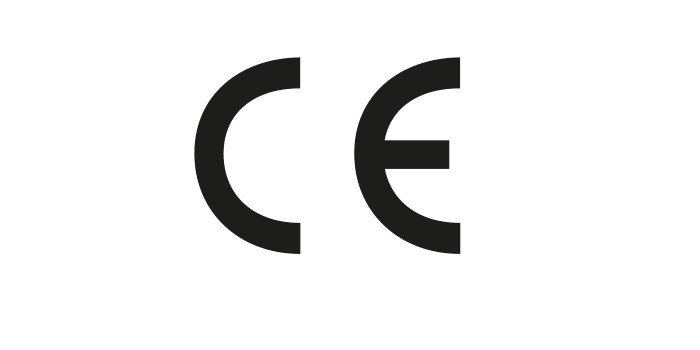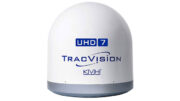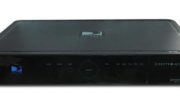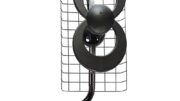Chances are the logo above looks pretty familiar to you. You’ve seen it on pretty much everything you own, from your phone to your blender. It’s not a terribly attractive logo and really, it owes a lot to fonts used for monograms in the mid-20th century. But it’s not really the looks that matter here. It’s what this logo represents.
The “CE Mark”
It’s called the “CE Mark.” Folks, they couldn’t even come up with a cool name for it. The CE Mark is issued by the European Community to those electronic devices that meet all requirements for being sold in Europe. You’ll usually see it in conjunction with the FCC logo which pretty much means the same thing for the US.
If you’re in the US, the CE Mark means very little to you. It’s there because the same hardware sold in the US is also sold in Europe, and so it has to have both marks on it. Realistically, the tests performed by the European Community and the ones performed by the FCC aren’t that different. It’s not like one is really more strict than the other. If it weren’t for all the politics involved, the US and the EC could work together for one set of standards that both could follow. Don’t hold your breath for that to happen, though.
The “China Export” logo
So, as I said, the CE Mark isn’t much to write home about. Most likely, the people who created it regret that. Why? Because it’s also incredibly easy to copy. Check this out.

If the C and the E are further apart, that’s the CE Mark. If they’re close, it’s not.
/It turns out that the CE mark is very similar to a mark developed by the Chinese government for “China Export.” That’s deliberate. the China Export logo was created after the CE Mark, and it was created to look like the CE Mark. There are some manufacturers, you see, who try to pass off unapproved goods to Europeans, and that’s the way they do it.
Does any of this really matter?
The CE mark, whether it’s there or not, doesn’t mean a lot to you if you’re in the USA or most other countries in the Western Hemisphere. Here, it’s the FCC Logo that matters. But it’s a sign of how you have to be careful. Depending on what shopping sites you use, you’ll find all sorts of products that look like other ones. Counterfeit products can even have very authentic-looking branding. There’s practically no limit to how far some companies will go. They’ll try anything to convince you that you’re buying an authentic product. All I can say is, use some common sense. If what you’re looking at is much less expensive than you would expect, don’t buy it. If the item’s description isn’t in good English, don’t buy it. And, if you don’t know the retailer, don’t buy it. Yes, it’s possible for reputable sites like Solid Signal or Amazon to unknowingly carry counterfeit goods, those products don’t last long. They are found quickly and taken down.





